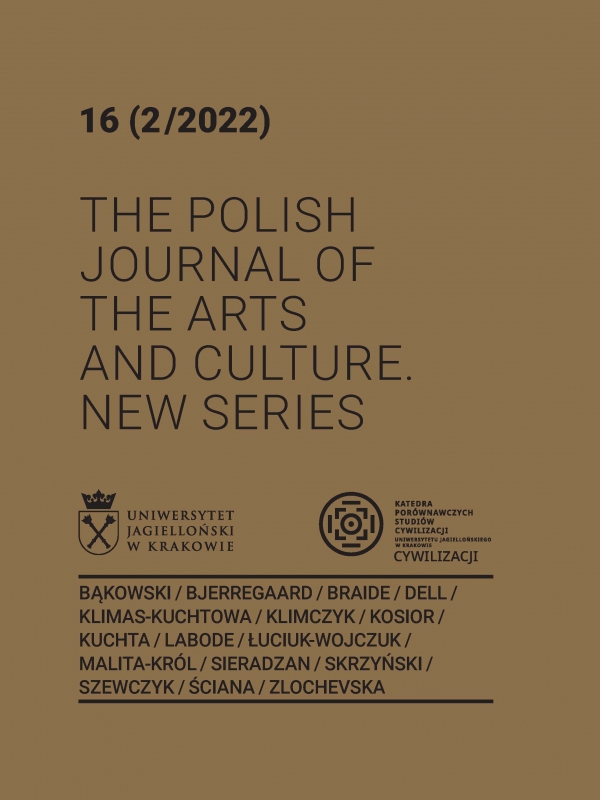Polski etap „Marszu Pokoju Hiroszima–Auschwitz” 1962‒1963. Buddyjsko-pacyfistyczne i polityczne konteksty byłych niemieckich nazistowskich obozów koncentracyjnych jako miejsc pamięci o Zagładzie i II wojnie światowej
The Polish stage of the “Hiroshima-Auschwitz Peace March” 1962‒1963. Buddhist-pacifist and political contexts of former German Nazi concentration camps as places of remembrance of the Holocaust and World War II
Author(s): Przemysław SkrzyńskiSubject(s): History, Local History / Microhistory, Political history, Recent History (1900 till today), Special Historiographies:, Interwar Period (1920 - 1939), Fascism, Nazism and WW II
Published by: Wydawnictwo Uniwersytetu Jagiellońskiego
Keywords: Peace March; Buddhism; Japanese Buddhism; Nichiren tradition; Nipponzan-Myōhōji Buddhist order; Hiroshima; Auschwitz-Birkenau
Summary/Abstract: As a result of the increased activity of organizations for former prisoners of the concentration and extermination camps, shortly after World War II, the memory of events at KL Auschwitz-Birkenau reached a global scale. In February 1962, an interreligious group of four young people, led by Satō Gyōtsu (1919‒2018) – a monk from a Buddhist order named Nipponzan-Myōhōji (Nichiren tradition) – undertook to march between Hiroshima and Oświęcim. Their purpose was to tell the truth about the crimes committed in both cities and spread the ideas of pacifism and disarmament. Within ten months, they visited 22 countries. The article primarily analyzes the Polish stage of the “Peace March,” based on an analysis of materials written by veterans and former prisoners of the camp in Auschwitz as well as texts published in the daily press. The second part of the article deals with the religious aspect of the “Peace March” in a broader context, discussing the complicity and collective responsibility of religious organizations, including Buddhist, for the drama of World War II. This “Peace March,” according to the author, was a form of confession of repentance and religious redress.
Journal: The Polish Journal of the Arts and Culture. New Series
- Issue Year: 16/2022
- Issue No: 2
- Page Range: 101-129
- Page Count: 29
- Language: Polish

